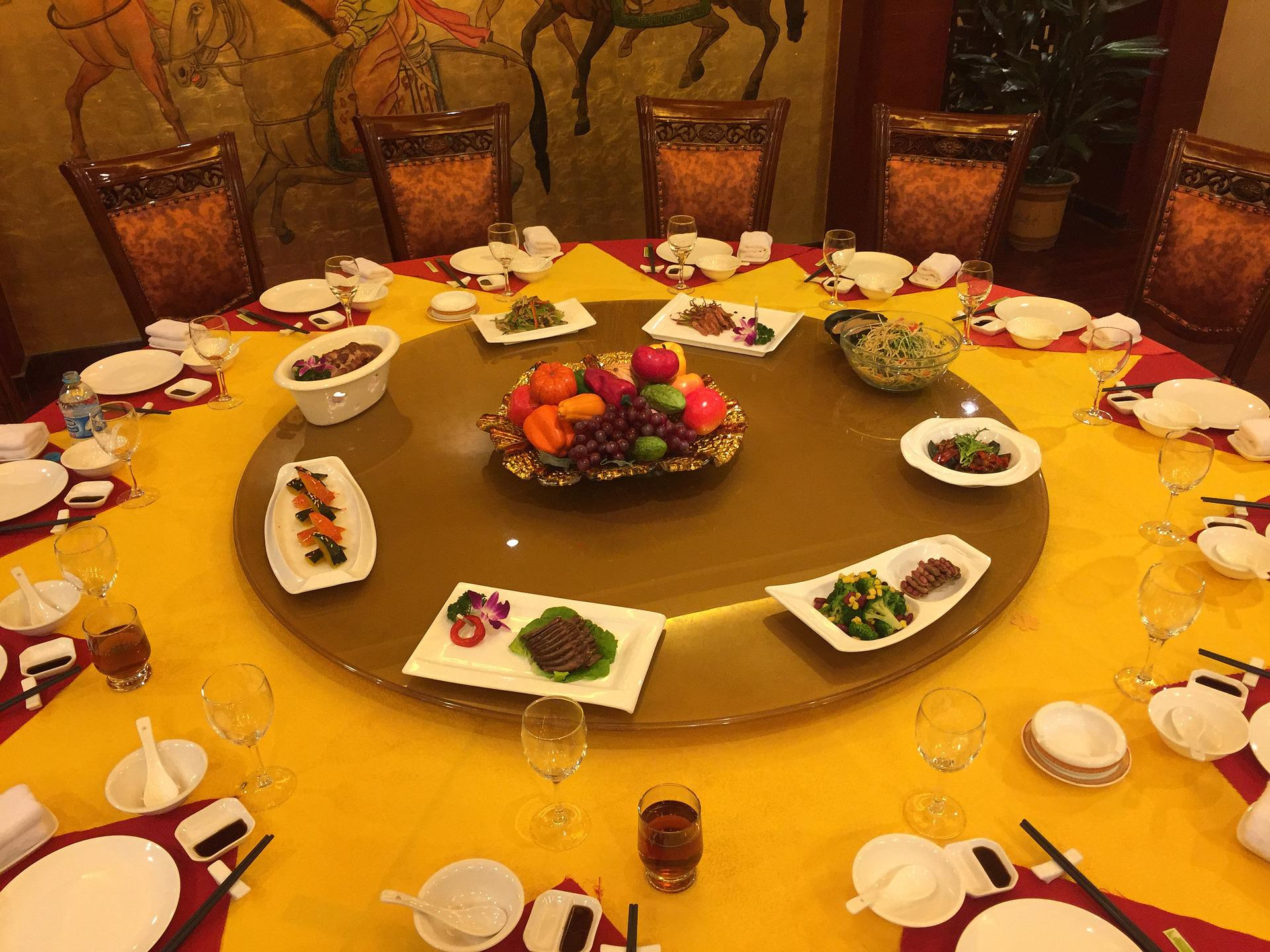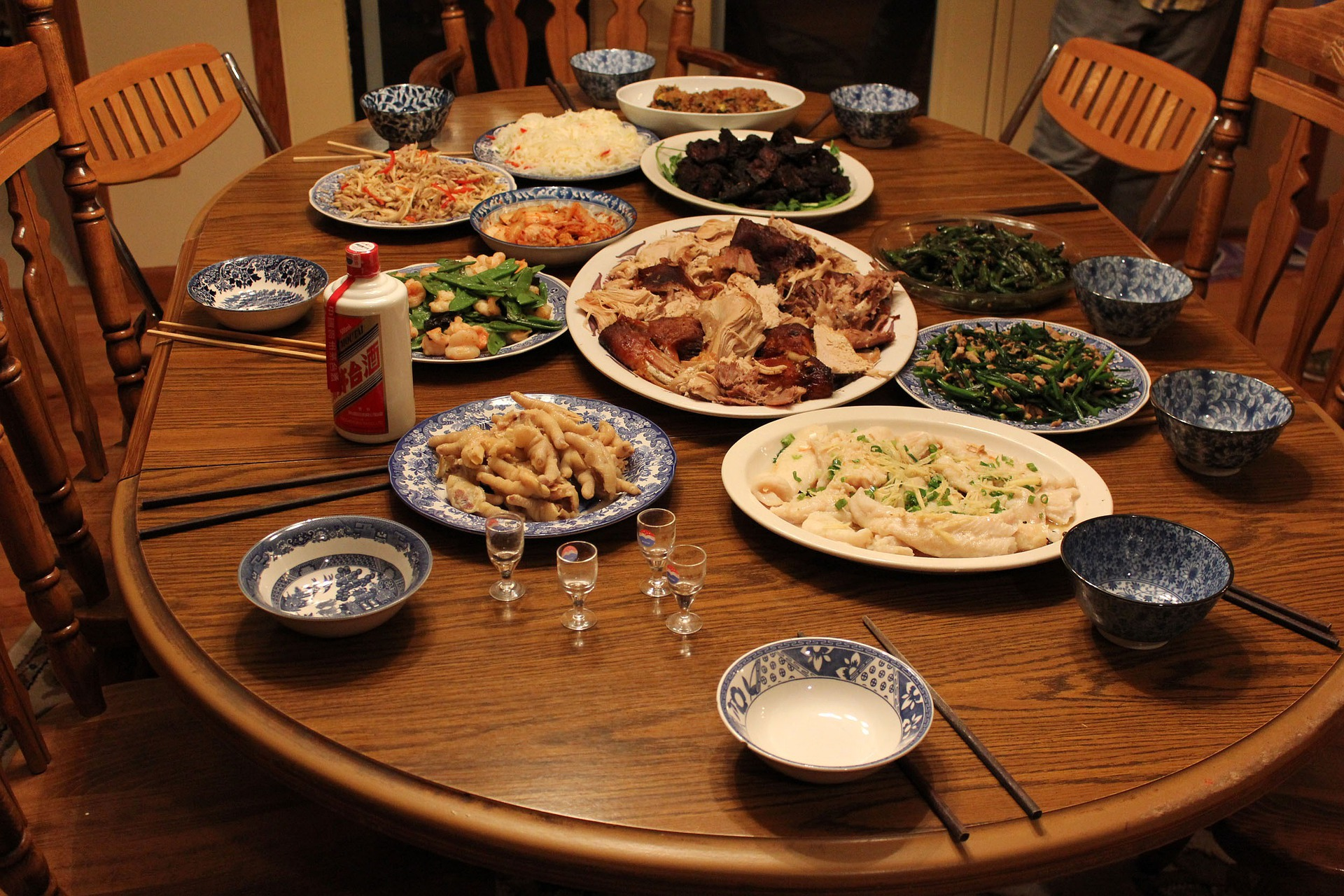15 Table Manners to Pay Attention to When Eating in China
August 02, 2022
As the Chinese idiom goes, one should always 入乡随俗 rù xiāng suí sú, which means “when in Rome, do as the Romans do”, or in this case, when in China, do as the Chinese do.
As food is an important part of Chinese culture, knowing proper Chinese dining etiquette will help avoid offending your host and other dining companions.
This article is a simple guide to Chinese dining etiquette, from basic Chinese table manners to chopstick etiquette.
How to say “how are you” in Chinese to ask about someone’s overall well-being?
How to answer 你怎么样 in Chinese when speaking with an acquaintance?
How to answer 你怎么样 in Chinese when speaking with friends and family?
How to answer 你最近忙些什么 in Chinese?
How to ask “how are you” in Chinese as a casual greeting?
How to answer 你吃饭了吗 in Chinese?
How to greet someone in Chinese by asking the obvious?
How to ask "how are you" in Chinese when someone seems unwell?
Why should I learn the different types of Chinese characters?
How to answer 你还好吗 in Chinese?
How to say "How did everything go" in Chinese?
BASIC DO’S AND DON’TS
1.Do Show Respect for Elders and Other Attendees. Seats are usually arranged based on either seniority or organizational rank. The guest of honor is typically given the seat furthest away from the door, often facing east, followed by the second most important person, while the host typically sits closest to the door or the kitchen. It is recommended to wait to be seated by the host as it would be deemed rude if one sits before the guest of honor.

2.Do Show Consideration for Others. Showing consideration for others equals having good manners when it comes to Chinese dining etiquette. It can be done through these simple gestures:
- Wait for the guest of honor to be served and start eating before helping yourself to the dishes. If unsure, simply wait for the host’s signal.
- When serving yourself, always offer to serve the other guests first.
- Take small portions at a time rather than piling up food on your plate, and not leaving enough for all the attendees to sample the dish, even if your favorite Chinese dish is served.
- Reach for dishes in front of you rather than across the table. The lazy Susan is usually spun so that everyone can get a taste of each dish.
- Do not turn the lazy Susan when others are serving themselves
NOTE: Although sharing a meal with Chinese friends could be a good opportunity to practice your Chinese, many Chinese learners make the mistake of directly translating from English to Chinese. Direct translations often lack context and do not take cultural nuances into account, which can lead to poor translation.
For example, some translators may translate “need rice/want rice” to 要饭 (“yào fàn“) but this actually means “to beg for food”.
Learn more about other mistakes to avoid when learning Chinese.

3.Do Say "谢谢" to Anyone Refilling Your Drinks. Tea, juices, and local spirits are often served when dining in China. It is customary for guests to refill each other’s drinks, the same way they serve each other food.
When someone pours you a drink, it is important to verbally thank them or tap twice with your index and middle finger if your mouth is full or to avoid disrupting an ongoing conversation.
Read this guide to Chinese culture to learn more about proper Chinese drinking etiquette

4.Do Not Tap Your Foot. Tapping your foot or shaking your leg is seen as disrespectful in various Asian cultures, including Chinese culture. There is even a Chinese idiom that says “男抖穷,女抖贱” nán dǒu qióng nǚ dǒu jiàn which can be roughly translated to A man tapping his foot is poor, and a woman tapping her foot is indecent. This is because the tapping gesture is believed to shake off good luck and wealth, and a woman should be gentle and elegant rather than fidgeting.
Additionally, not only may tapping your foot be annoying and distracting to your dining companions, and therefore considered impolite, but it may also make them think you are bored and not enjoying their company.

5.Do Not Rummage Through the Dishes as If You’re on A Treasure Hunt. Sifting through a dish looking for the “best piece” of food is regarded as poor manners.
6.Do Not Use Your Individual Chopsticks to Serve Food. Since dishes are generally served in shared portions in China, they are usually accompanied by their respective communal serving chopsticks -公筷, ɡōnɡ kuài-, or other cutleries.
When serving others or helping yourself to the dishes, be sure to use the serving chopsticks (and never your -私筷sī kuài - personal chopsticks) to avoid double dipping, as this is perceived as unhygienic.
Speaking of cutlery, you will notice that knives are usually not part of the tableware in China, because it is believed that sharp objects can sever friendship ties. This is also the reason why sharp objects are a big no-no in Chinese gift-giving culture.

7."Going Dutch" is not a Thing in Chinese Culture. It is acceptable to offer to pay the bill, but understand that generally, the host will not allow their guests to pay. In this case, it would be best not to insist too much, as you risk making them feel that you do not think they can afford the meal. Just be sure to thank them at the end of the meal.
On the other hand, if you are dining with friends, it is normal to haggle over footing the bill through a seemingly endless back-and-forth of "我来wǒ lái"、"我请客wǒ qǐng kè" (my treat!). Once again, if someone else pays the bill, be sure to thank them, and tell them that you will be happy to treat them to a meal next time.
8.Tipping.
Tipping is not a common practice in China, especially in restaurants, despite becoming more and more acceptable in recent years. It is appreciated but not expected, and it may also make the server feel awkward and worry about whether they should accept it or not.

CHOPSTICKS ETIQUETTE
9.DO NOT PLACE YOUR CHOPSTICKS VERTICALLY INTO YOUR RICE as this is likely to remind your Chinese dining companions of rice bowls and incense sticks offered to ancestors at Chinese funerals.
10.DO NOT PASS FOOD FROM CHOPSTICK TO CHOPSTICK. Yet another taboo related to funeral rites. Indeed, when someone passes and is cremated, some bones are usually left among the ashes.
The family of the deceased is then asked to sift through the ashes and pass the bones from chopstick to chopstick. Mimicking this gesture at the dining table is a sure way to make everyone feel uncomfortable.
11.Do Not separate chopstick to Spear, Skewer or Stab Food. Chopsticks are ALWAYS to be used in pairs, and ONLY to pick up food.

12.Do Not Rinse Off Your Chopsticks in Your Soup or Drink.
13.Do Not Point at Other People with Chopsticks or Wave Chopsticks Around.
14.Do Not Play with Chopsticks or Use Them to Strike and Move Tableware.
15.Do Not Lick, Chew or Use the Tip of Your Chopstick to Pick Teeth.

BONUS
Most western table manners also apply in China. For example, watching TV and playing with your phone during a meal is considered bad manners. Similarly, chewing loudly or speaking with your mouth full would be deemed impolite. Lastly, one should cover their mouth when coughing, sneezing, or picking teeth.
CONCLUSION
From showing respect to the elderly to avoiding taboos, Chinese dining etiquette is an important part of Chinese culture. The Chinese customs mentioned in this article are only the key points one should keep in mind. In reality, there is so much more to Chinese eating customs. Although memorizing all these rules may be daunting, what matters the most is to be courteous to both your host and others present while enjoying the food.
About the Author
Juli Mboty has called China home for over 11 years where she became passionate about the Chinese culture, language, and history.
